Industry information
Company News
- Aluminum veneer design, a magnificent new chapter in architectural art
- Carved aluminum veneer: the fashionable choice for modern architecture?
- The unique charm of carved aluminum veneer with ancient charm and modern style
- Energy saving performance of aluminum veneer curtain wall and its impact on the environment
- Aluminum veneer with wrapped columns: the elegant guardian of modern architecture
Industry dynamics
- Aluminum veneer with wrapped columns: a fashionable choice for modern architecture?
- Aluminum veneer: The beauty of architecture lies in this lightness
- Aluminum veneer: a fashionable choice in modern architecture
- How to standardize the installation method of punched aluminum veneer?
- Aluminum veneer design, the new darling of fashionable home furnishings
Frequently asked questions
- What are the safety design and environmental performance of aluminum veneer curtain walls?
- How to identify and evaluate the material of aluminum veneer?
- What are the advantages and characteristics of aluminum veneer?
- How to reduce the production cost and improve efficiency of aluminum veneer?
- How to design curtain walls with aluminum veneer?
contact us
Mobile:+86 15627778610
Email: 2201229786
Address: No. 5 Binjiang Road, High tech Zone, Zhaoqing City, Guangdong Province
What are the oxidation treatment methods for punched aluminum veneer?
- Author: Jinba Aluminum Industry (Guangdong) Co., Ltd
- Release time: March 12, 2025 21:46:04
- Click:0
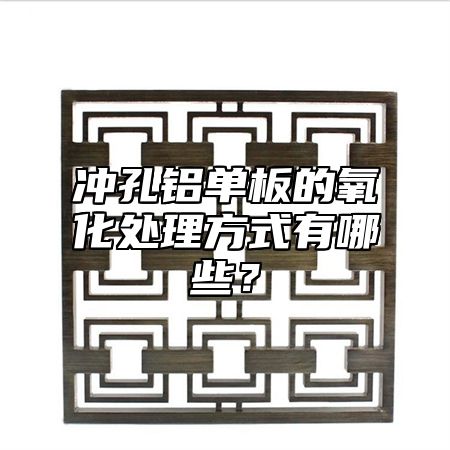
Punched aluminum veneer, as a widely used material in fields such as architectural decoration, billboards, curtain walls, etc., its surface treatment method is also a very important aspect. Oxidation treatment is a common surface treatment method. The following will introduce the oxidation treatment method of punched aluminum veneer from the following aspects.
1. Anodizing treatment
Anodizing treatment is the most commonly used surface treatment method for punched aluminum veneer. This treatment method increases the hardness and wear resistance of the aluminum plate by forming a dense oxide film on its surface, while also enhancing its oxidation resistance and corrosion resistance. In anodizing treatment, electrolyte solution is usually used as the oxidant, and aluminum plate is used as the anode for anodizing treatment. After a certain period of treatment, a uniform and dense oxide film will form on the surface of the aluminum plate, usually silver white or gray in color.
1. Hard anodizing treatment
Hard anodizing treatment is a treatment method that further improves the surface hardness of aluminum plates based on anodizing treatment. This processing method usually requires higher voltage and longer processing time to form a harder oxide film on the surface of the aluminum plate. The surface of aluminum plate after hard anodizing treatment has higher hardness and wear resistance, and can also withstand higher temperatures and pressures.
1. Dyeing treatment
Dyeing treatment is a method of coloring the surface of aluminum plates after anodizing treatment. This treatment method can change the color and texture of the aluminum plate surface by adding dyes or using chemical reactions to meet different decoration and design needs. Dyeing treatment can make the surface of punched aluminum veneer present a more colorful effect, while also increasing its decorative and aesthetic appeal.
1. Matte treatment
Grinding treatment is a special treatment method applied to the surface of aluminum plates after anodizing treatment. This treatment method uses special abrasive particles or chemical reagents to destroy the oxide film layer on the surface of the aluminum plate, making it appear similar to frosted glass. After sandblasting treatment, the surface of punched aluminum veneer has a certain degree of transparency and glossiness, while also increasing its texture and touch.
The oxidation treatment methods for punched aluminum veneer include anodizing, hard anodizing, dyeing, and sanding. These different surface treatment methods can be selected and applied according to specific decoration and design requirements to achieve the best decorative effect and practical performance.

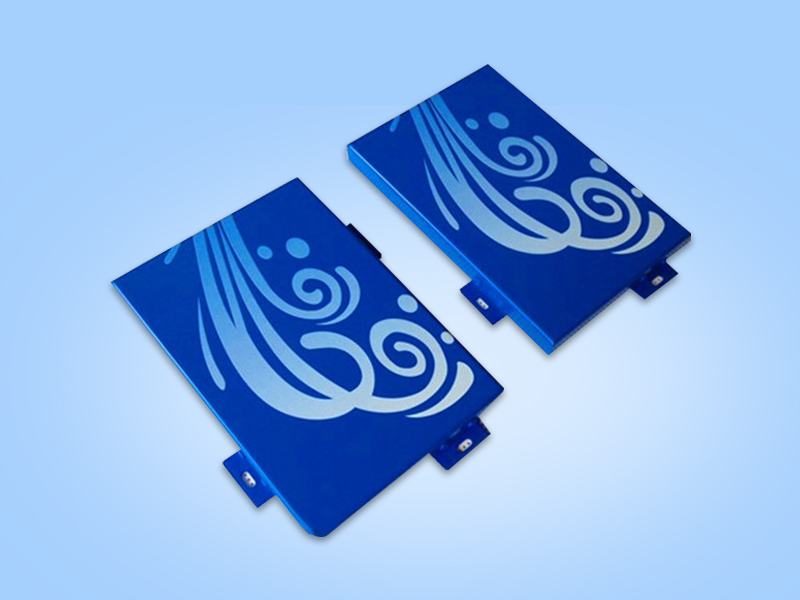
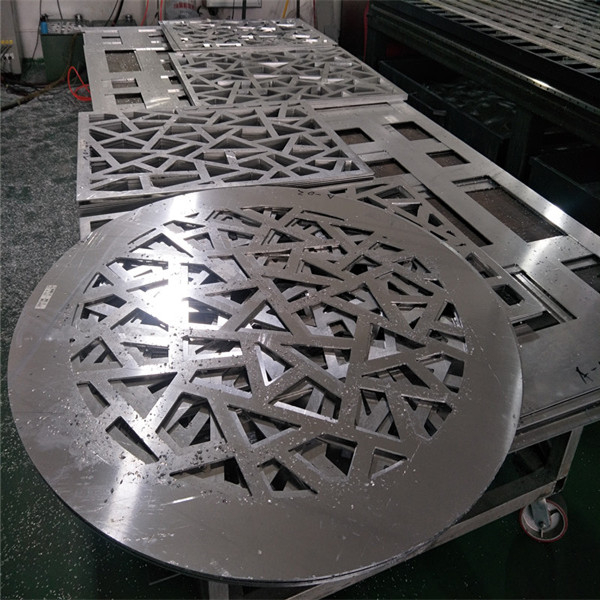
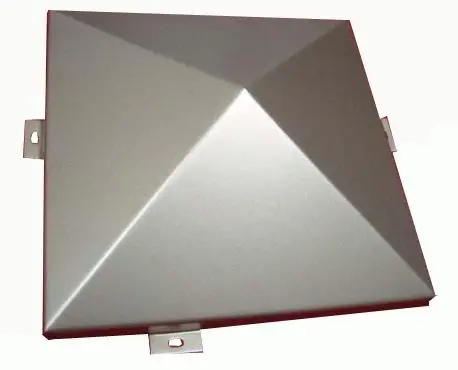
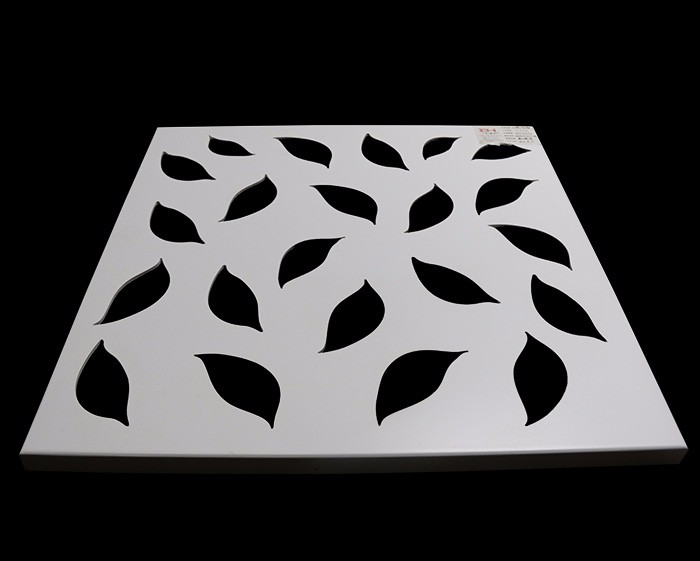
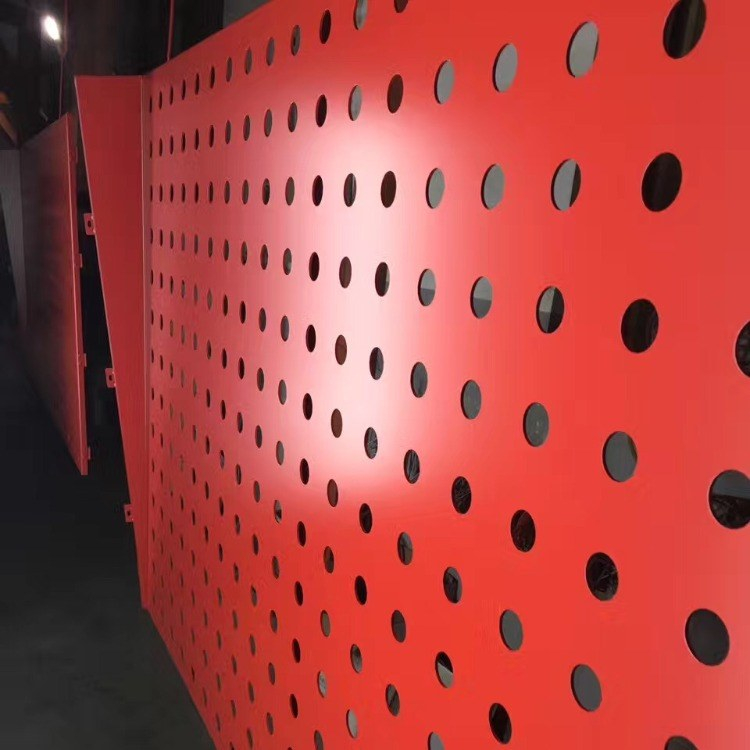
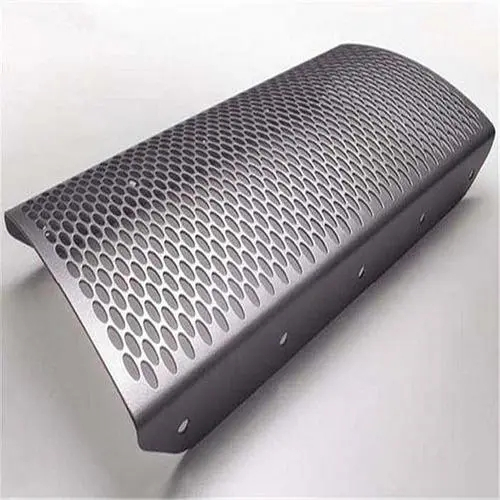
 Customer service QQ
Customer service QQ